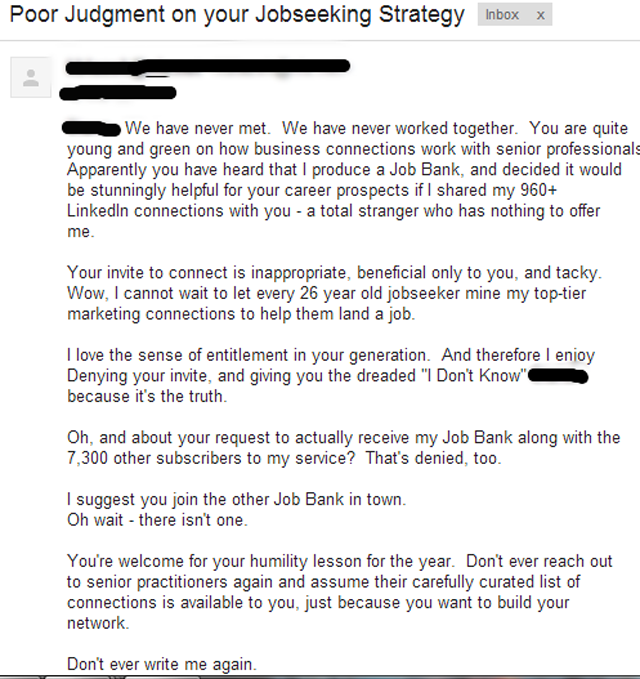Subscribe: Apple Podcasts | Android | RSS
We have a very special guest on today’s Inside PR.
She is someone near and dear to my heart, both personally and professionally.
She was with me in Toronto a couple of weeks ago for Third Tuesday and we caught up with her to talk blogging, editorial calendars, and community.
That person is the one and only Lindsay Bell-Wheeler, the content director for Spin Sucks.
Lindsay and I have worked together for nearly two years and have evolved the blog from a top 25 contender to one of the top (or the top, depending on which list you look at) PR blog in the world. She also manages the strategic content direction for our clients and coaches a team of writers and editors.
I let Joe and Martin lead the conversation, but managed to get in a few quips of my own.
She didn’t know she was going to be a guest on the show (I know how stressed out she would have made herself had I told her) so her comments, jokes, and wit are completely off-the-cuff…and brilliant.
I’m excited to introduce you to her and excited for you to learn more about the behind-the-scenes happenings of the crazy place we call home.
Enjoy!
******************
We’d love to hear your thoughts.
Inside PR is part of the FIR Podcast Network.
Send us an email or an audio comment to [email protected], join the FIR Google+ Community, join the Inside PR Google+ Community, join the Inside PR Facebook group, leave us a comment here, message us @inside_pr on Twitter, or connect with Gini Dietrich, Joseph Thornley, and Martin Waxman on Twitter.
Thank you to the people behind Inside PR
Our theme music was created by Damon de Szegheo; Roger Dey is our announcer.
Inside PR is produced by Kristine D’Arbelles and Ashlea LeCompte.

